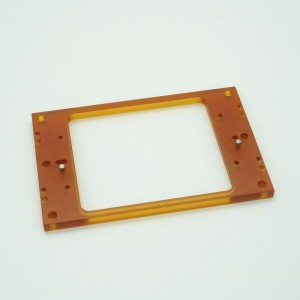When it comes to plastic molding, we first think of injection molding, about 80% of plastic products in daily life are injection molding. Injection molding is the use of injection molding machine, with the use of aluminum molds or steel molds for production, the mold consists of a core and a cavity. The injection molding machine heats the resin raw material until it melts, and uses pressure to inject the molten plastic material into the cavity of the mold, then the core and cavity are separated, and the product is ejected from the mold.

injection molding process
Resin pellets are charged into barrels, where they are finally melted, compressed and injected into the mold’s runner system. The hot resin is injected into the mold cavity through the gate, and the part is then formed. The ejector pin helps move the part out of the mold and into the loading bin.
Small batch injection molding
Also known as rapid injection molding, prototyping injection molding, or bridge tooling, it provides a better option for customers who need to mold parts in small batches. Not only can it produce hundreds of near-end-product production-grade plastic parts for validation testing, but it can also produce end-use parts on demand.
Other small batch plastic molding methods
Here are a few other more common plastic molding methods that will hopefully help you choose the right molding method for your project.
thermoforming
Hot press forming is a type of vacuum forming. The plastic sheet or sheet is placed on the die-casting mold, and the material is softened by heating, so that the plastic material is stretched on the surface of the mold, and at the same time, the vacuum pressure is used to form it. The molds and equipment used in this molding method are relatively simple and are typically used to make thin-walled, hollow plastic samples. In industrial use, it is usually used to produce plastic cups, lids, boxes, and open-close packaging, and thicker sheets are also used to make automotive body parts. Thermoforming can only use thermoplastic materials.
Choose the right injection molding partner to benefit from low-volume production
Thermoplastic injection molding is the standard process. Additional knowledge, skills and expertise are required, along with appropriate equipment and tools. There are many important elements that need to be monitored all in real-time, including temperature, pressure, material flow rate, clamping force, cooling time and rate, material moisture content and fill time, and correlation of part properties with key molding variables. From the initial tool part to the production of the final product, a range of knowledge is involved in the design and manufacture, and this process is the result of many years of experience by trained and skilled engineers and mechanics.
Post time: Jul-19-2022
